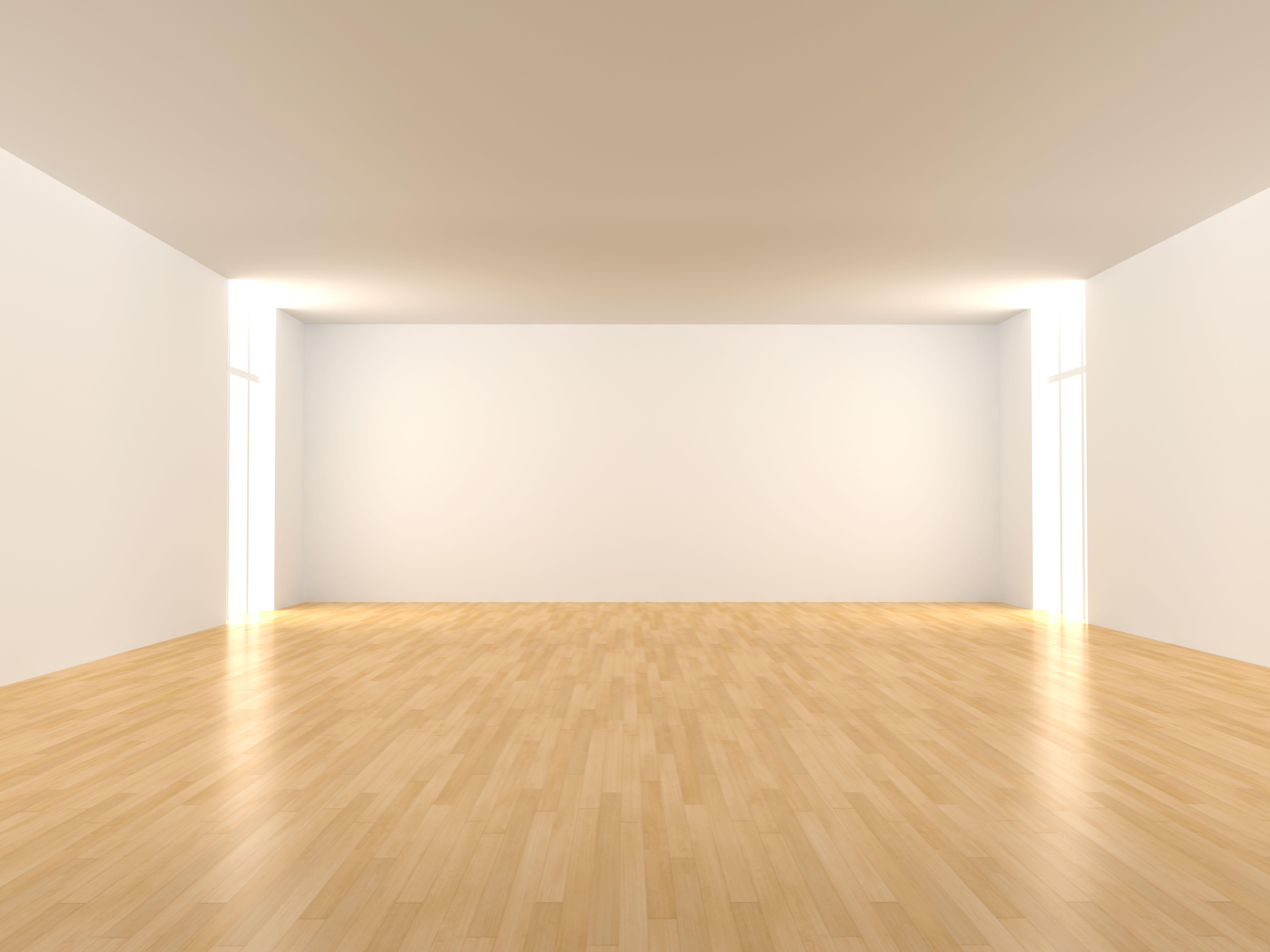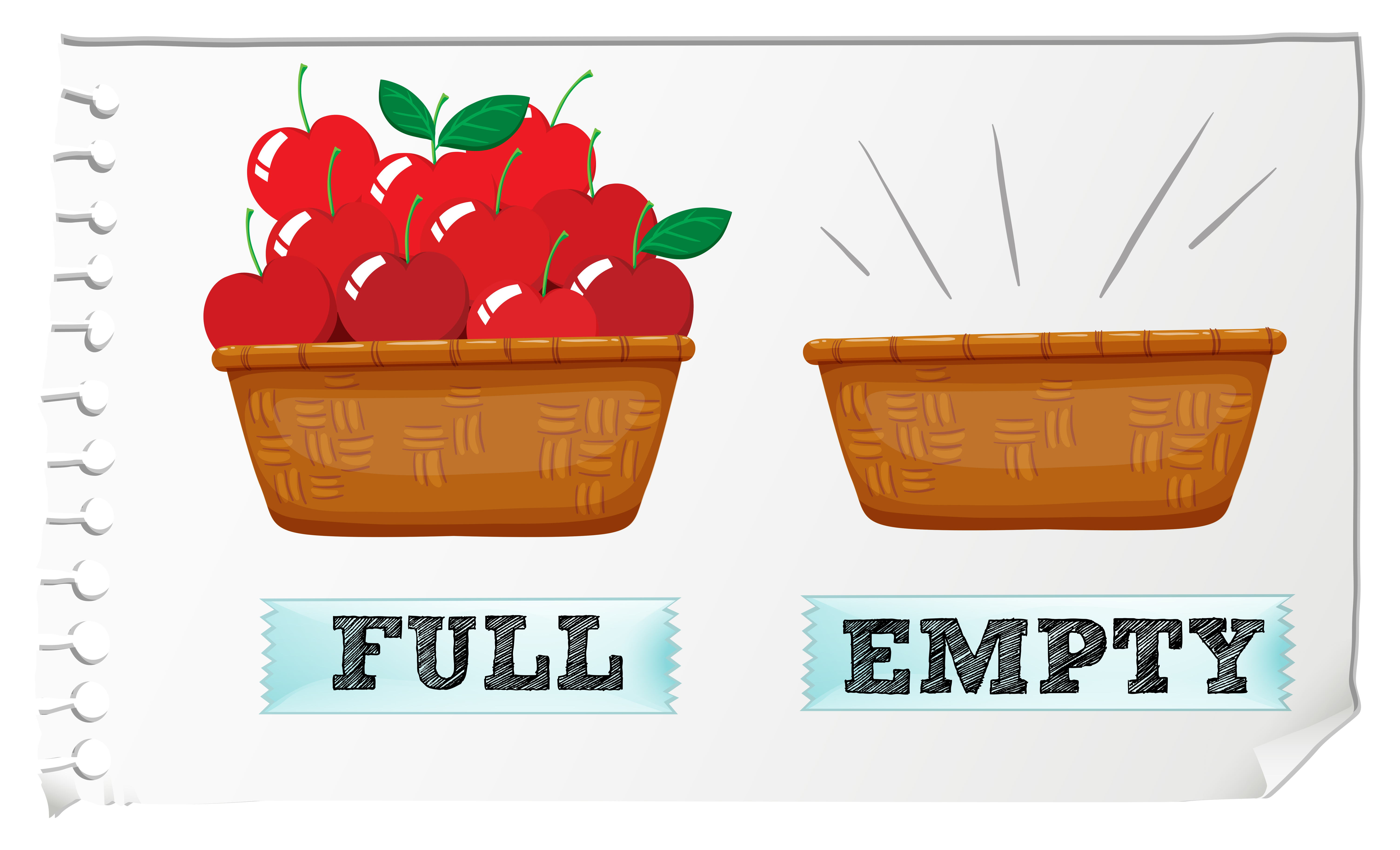The Power Of The Empty Vogue Cover: What A Blank Page Can Say
Imagine flipping through a fashion magazine, and then you see it: an empty Vogue cover. It's not what you expect, is that right? This blank space can make you pause, perhaps even wonder. What does it mean for a publication known for its vibrant visuals and famous faces to present a cover that is, well, empty? It's a rather striking choice, and it tends to make people think.
An empty cover is quite a bold statement. It's a page without pictures or words, just a wide open space. This kind of emptiness, as we might say, suggests a complete absence of contents where you'd usually find something. It's the opposite of full, a stark contrast to the usual busy layouts. This visual choice can carry a lot of meaning, more than you might first guess, actually.
Sometimes, empty means without appropriate or accustomed contents. A magazine cover, typically bursting with style and stories, becomes a canvas for a different kind of message when it's left bare. It's a vacant space, a void that prompts questions rather than giving answers. This is a deliberate design choice, and it's quite powerful, you know.
Table of Contents
- The Meaning Behind the Blank
- A Look at History: When Vogue Goes Blank
- More Than Just a Void: The Symbolism of Emptiness
- How Designers Use the Empty Space
- Making Your Own Empty Statements
- Questions People Often Ask
The Meaning Behind the Blank
When we talk about something being empty, it can mean a few things. It can simply mean not containing any things or people, like an empty box. But when it comes to a magazine cover, especially one as famous as Vogue, an empty space is rarely just that. It's often a very deliberate choice, a way to communicate something without saying a single word, really.
The word empty can also mean not sincere or without any real meaning. But in the context of a magazine cover, it's quite the opposite. An empty Vogue cover is usually packed with meaning, perhaps even more so than a busy one. It forces you to consider what isn't there, and that can be quite profound, you know.
Think about it. A blank cover can be a pause, a moment of silence. It could be a reflection of a time when things feel uncertain or when the world needs to take a breath. It's a canvas for our own thoughts, a space for us to project our feelings onto. This can be a very personal experience for each viewer, too.
Sometimes, this kind of design choice suggests a stripping away, getting back to basics. It's like emptying a vessel, removing all the contents to reveal the pure form. This can be a very minimalist approach, a way to focus on the core idea without distractions. It's pretty impactful, actually.
A Look at History: When Vogue Goes Blank
It might seem like a new idea, but releasing blank covers is a tradition for Vogue. This has happened before, particularly when a monarch dies. It's a way for the magazine to show respect, to mark a moment of great significance and solemnity. This act of emptying the cover becomes a powerful symbol of loss and remembrance, you see.
When a country is in mourning, the usual glamour and fashion news might feel out of place. So, a blank cover allows the magazine to acknowledge the mood of the nation without being inappropriate. It's a very subtle, yet very strong, way to communicate a shared feeling. This practice shows a deep understanding of cultural moments, you know.
This tradition isn't just about being empty in the sense of lacking content. It's about being empty of the usual content to make space for something much larger. It’s about conveying a collective pause, a moment of quiet reflection. It’s a very respectful gesture, and it carries a lot of weight, really.
The absence of a celebrity or a new fashion line on the cover speaks volumes. It says that some events are bigger than fashion, bigger than trends. It elevates the magazine beyond just a style guide to something that can reflect important societal shifts. It's a very powerful statement, you know, when a publication like Vogue chooses to go blank.
More Than Just a Void: The Symbolism of Emptiness
Empty, vacant, blank, void, vacuous – these words all point to a lack of something that could or should be there. But in art and design, this lack can be incredibly expressive. An empty space can draw attention to what is absent, making us think about why it's missing. It's a very clever way to engage the viewer, you see.
Consider the idea of an empty space on a bookshelf. It makes you think about the book that used to be there, or the book that should be there. Similarly, an empty Vogue cover makes you think about the usual dazzling images that are now absent. This absence creates a kind of tension, a curiosity, perhaps even a feeling of longing, too.
This visual emptiness can symbolize new beginnings. A blank page is a chance to start fresh, to write a new story. It can represent potential, a future that is yet to be filled. This is a rather hopeful interpretation, suggesting that even in moments of quiet or pause, there's always room for growth and change.
It can also be a commentary on consumerism or the fast pace of fashion. By presenting an empty cover, Vogue might be inviting us to slow down, to consider what truly matters beyond the latest trends. It's a subtle critique, perhaps, a way to encourage a more thoughtful approach to style and life. This is a very interesting perspective, you know.
How Designers Use the Empty Space
Designers understand the power of negative space, which is what an empty area is called in design. It's not just nothing; it's a deliberate part of the composition. An empty background can make the few elements that are present stand out even more. It helps to guide the eye and create a sense of balance, you see.
For a fashion house, a poster design featuring black and white logos on a minimalist background can be very striking. It’s about showcasing the latest trends in a clean, uncluttered way. An empty Vogue cover uses this same principle, making the very idea of the magazine, its logo, and its legacy, the central focus. It's quite effective, actually.
This kind of design choice also speaks to a certain sophistication. It says, "We don't need to shout to get your attention." The quietness of the empty cover demands a different kind of engagement, a more reflective one. It's a very confident move, showing that the brand trusts its audience to understand the deeper message.
Think about the minimalist vogue typography often seen on black backgrounds. It's clean, elegant, and impactful. An empty cover takes this a step further, making the entire page a statement of simplicity and focus. It’s a very strong visual choice, and it tends to leave a lasting impression, you know.
Making Your Own Empty Statements
The idea of an empty cover isn't just for big magazines. You can actually create your own fake magazine covers, perhaps even an empty one, using various tools. Websites like Canva offer templates for magazine covers, including fashion ones. You can customize the image and copy to match your own vision for a magazine. It’s a pretty fun thing to do, too.
If you want to make a statement, even a personal one, a blank cover can be a great way to do it. You could use it for a party invitation, adding a touch of glamour with just the title and your event details. It’s a creative way to play with expectations and make something truly unique. This is a very clever approach, you see.
These printable GQ and Vogue cover page templates are easy to create and customize. They offer professional quality and style, even if you’re just making something for fun. You can download and use them for your personal projects, exploring the concept of emptiness or any other theme you like. It's quite accessible, actually.
You can find transparent Vogue cover templates and other magazine cover cliparts online. These resources are ideal for any design or creative projects. They give you the tools to experiment with layout design, to explore how an empty space can be just as compelling as a full one. Learn more about magazine design on our site, and perhaps even link to this page for more creative ideas.
Questions People Often Ask
People often have questions about unique magazine covers. Here are some common ones:
Why would a magazine like Vogue publish an empty cover?
A magazine might publish an empty cover for several reasons. Historically, Vogue has done this to mark significant national mourning, like the death of a monarch. It’s a way to show respect and acknowledge a somber mood without filling the space with usual fashion content. It can also be an artistic statement, symbolizing a pause, new beginnings, or a focus on minimalism. It's a very deliberate choice, you know.
What does an empty cover symbolize in fashion?
In fashion, an empty cover can symbolize many things. It might represent a stripping away of excess, focusing on the core essence of style. It could also signify a moment of reflection, a pause in the fast-paced world of trends. For some, it might even suggest a blank slate for new ideas, a future yet to be defined. It's a very open symbol, allowing for many interpretations, actually.
Are blank magazine covers a new trend?
Blank magazine covers are not a new trend, but they do resurface from time to time, often in response to specific events or artistic movements. As we discussed, Vogue has a tradition of releasing blank covers during times of national mourning. In contemporary design, minimalism often leads to such choices, but the concept itself has historical roots. It’s a recurring idea, rather than something entirely new, you see. For a broader look at publishing trends, you might find interesting insights on sites like The Guardian's fashion section.
An empty Vogue cover, then, is far from truly empty. It’s a space filled with intention, history, and a quiet power that speaks volumes. It makes us think, makes us feel, and perhaps even makes us look a little closer at the world around us. It’s a very thoughtful design choice, and it tends to resonate deeply with people, you know, in a way that a busy cover might not.

Empty Room Wallpapers - Top Free Empty Room Backgrounds - WallpaperAccess

Opposite adjective full and empty 302923 Vector Art at Vecteezy

top view of an empty cardboard box - Build a Box - Custom Boxes